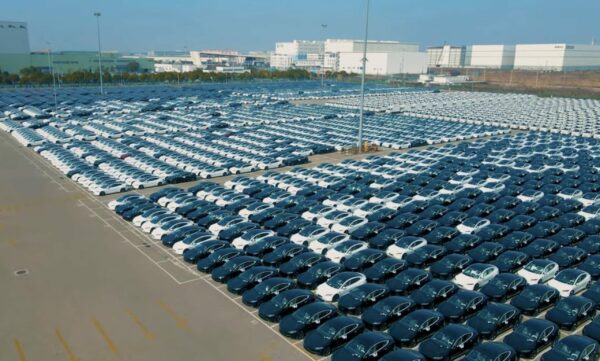Deflation in China is spilling over into the US and euro area: Morgan Stanley By

Deflationary pressures originating from China’s economic slowdown are beginning to reverberate across global markets, particularly impacting the US and Eurozone through reduced goods prices, Morgan Stanley said on Monday.
China’s prolonged period of deflation, its deepest since the 1990s, is exacerbating excess capacity issues despite recent policy measures aimed at stabilization, the investment banking firm said in its latest note titled “China’s Deflationary Spillovers”.
The spill-over effects are most pronounced in core goods sectors, notably impacting apparel and electronics, which led to a marginal reduction in core inflation rates by approximately 0.1% in the US and Euro area, primarily driven by a significant decline in core goods inflation of around 0.5%, noted Morgan Stanley.
“While the overall impact remains relatively modest,” said Morgan Stanley adding, “it provides central banks like the Federal Reserve and the European Central Bank with additional leeway to consider monetary easing measures throughout the year.”
Analysts at Morgan Stanley pointed out that China’s dominant position in global goods exports amplifies its role as an exporter of deflation. This has broader implications for sectors reliant on imported goods, such as the US apparel market, where CPI components could see declines of up to 0.3% due to lower import prices from China, they added.
Looking ahead, Morgan Stanley anticipates continued challenges for China’s inflationary outlook, projecting a slow recovery with the Producer Price Index (PPI) expected to exit deflationary territory only by the second half of 2025.
The cautious optimism aligns with forecasts suggesting nominal GDP growth in China will remain subdued, staying below 5% over the next few years, as per Morgan Stanley.
Morgan Stanley economists caution that sustained deflationary pressures could persist unless significant shifts towards consumption-led growth strategies are implemented in China’s economic policy despite efforts to stimulate manufacturing investment.
This article was originally published by a www.investing.com
Read it HERE







